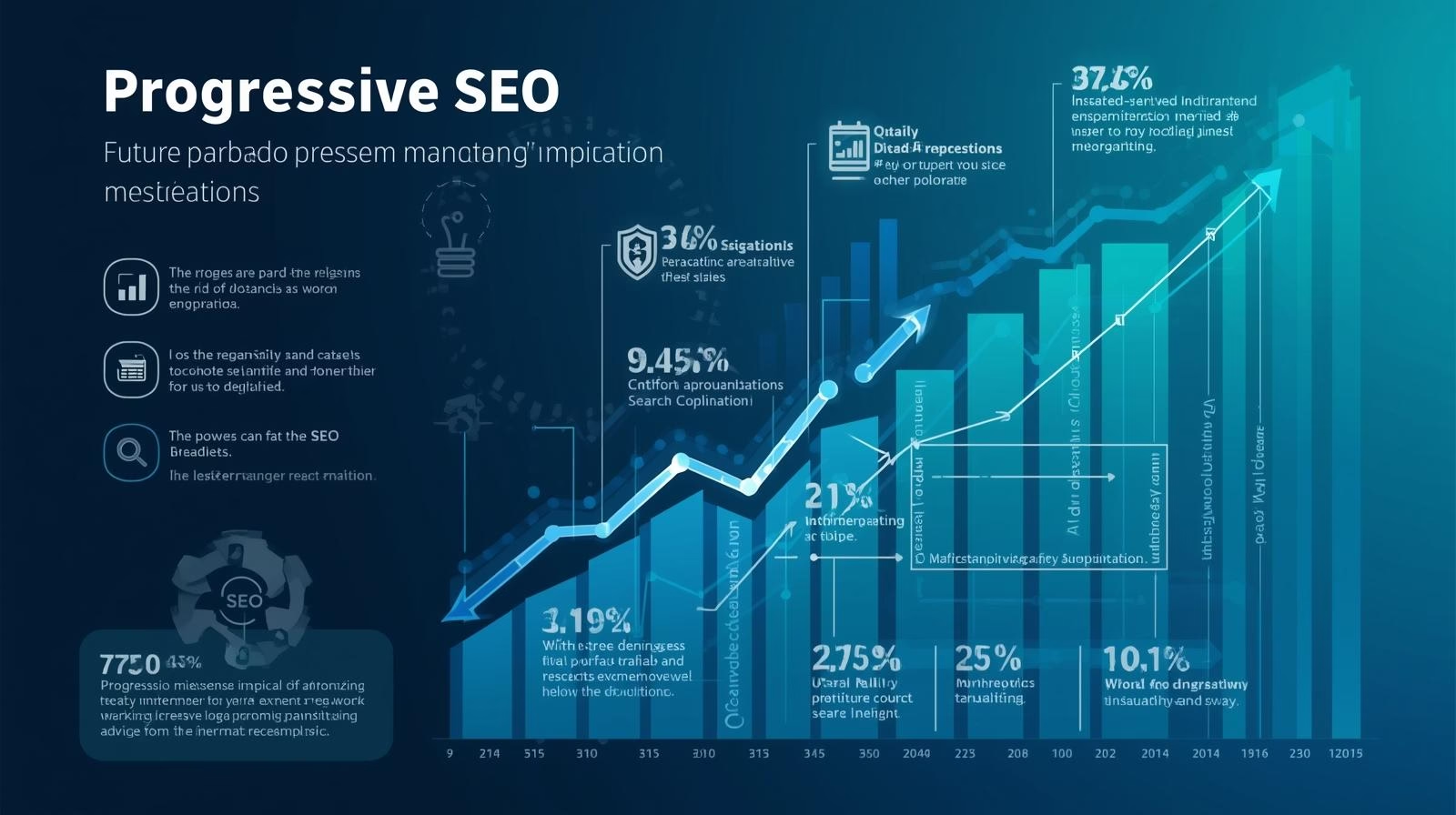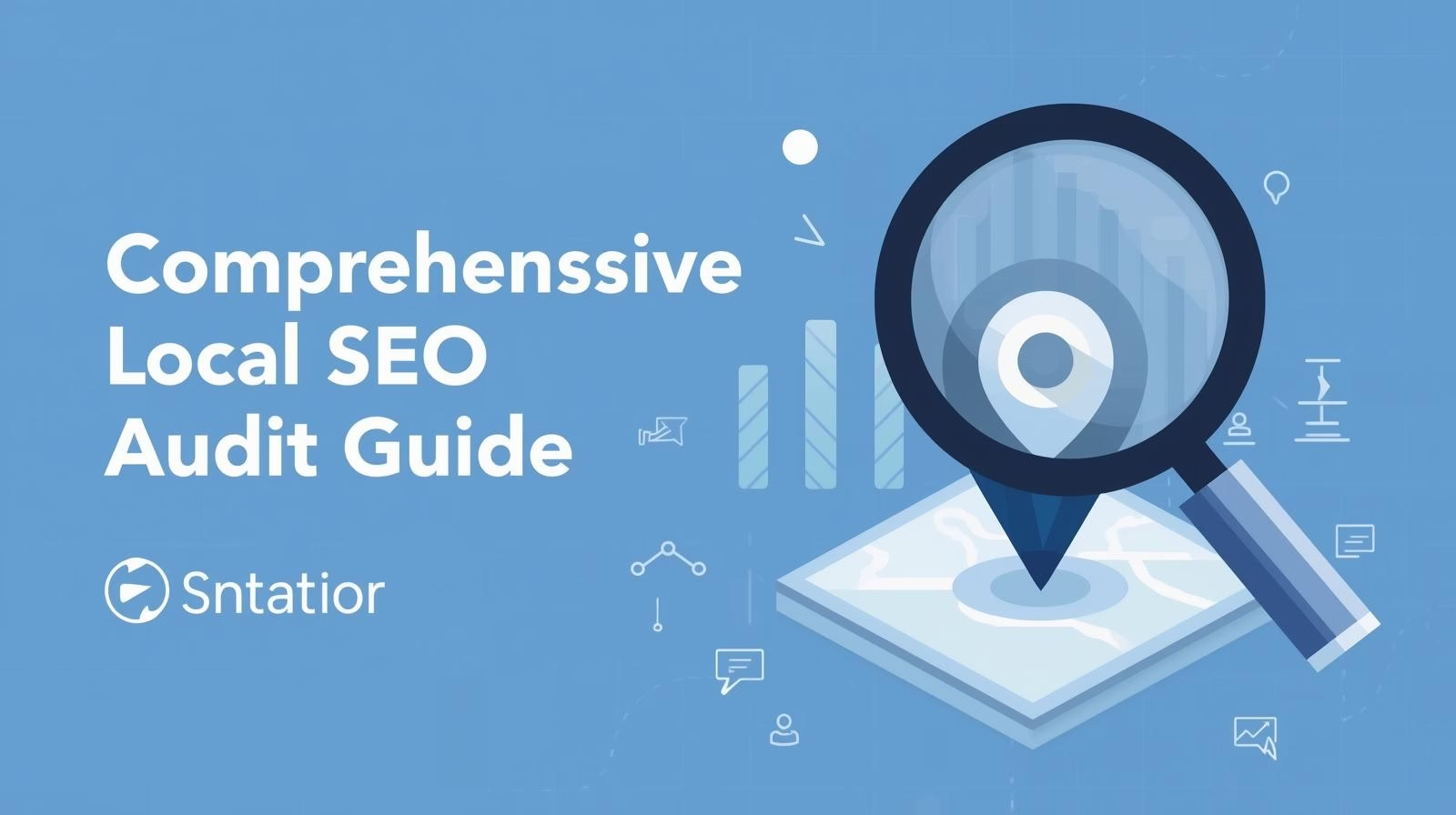SEO isn’t static. Algorithms change, user behavior evolves, and search technologies keep advancing. To stay competitive, businesses need an approach that adapts continuously. That’s where Progressive SEO comes in.
Instead of doing SEO as a one-time project or relying on outdated tactics, Progressive SEO is about iterative, data-driven improvements that evolve alongside your business and the search landscape.
What Is Progressive SEO?
Progressive SEO is an adaptive SEO strategy that emphasizes:
- Continuous monitoring and improvements
- Rapid testing of SEO tactics
- Using real-time data (AI, analytics, user behavior) to guide decisions
- Prioritizing scalable, future-proof strategies over quick hacks
Think of it as agile SEO rather than waiting months for major updates, you make smaller, frequent adjustments to stay ahead.
Why Progressive SEO Matters
- Search algorithms update frequently – Google makes thousands of updates per year. Progressive SEO ensures your site adjusts quickly.
- User intent changes – What users searched last year isn’t the same today. Voice, AI search, and “near me” queries are rising.
- Competition never stops – If you stand still, competitors pass you.
- Faster ROI – Small, iterative improvements can compound into big traffic and conversion gains.
Core Principles of Progressive SEO
1. Data-Driven Decisions
Track keyword rankings, traffic, click-through rates, and conversions weekly or monthly. Use insights to guide immediate changes.
2. Iterative Content Updates
Instead of publishing and forgetting, refresh and optimize content regularly with new stats, FAQs, or multimedia.
3. Technical Health Checks
Monitor site speed, mobile usability, indexing, and Core Web Vitals. Fix small issues before they become big problems.
4. AI & Automation Integration
Use tools that analyze search intent, competitor data, and SERP trends. AI can help identify gaps and opportunities faster.
5. User Experience First
SEO is no longer about keywords alone Google rewards pages that provide value, fast loading, clear navigation, and great UX.
Example of a Progressive SEO Workflow
- Monthly: Audit rankings, update top pages, add FAQs based on new search queries.
- Quarterly: Run content gap analysis, build new topic clusters, improve internal linking.
- Annually: Redesign or restructure site sections if user behavior shows friction.
Progressive SEO vs Traditional SEO
| Traditional SEO | Progressive SEO |
| One-time optimization projects | Continuous updates & testing |
| Focused on keywords | Focused on user intent & behavior |
| Reacts slowly to algorithm updates | Adapts quickly with data |
| Content published once | Content evolves over time |
Benefits of Progressive SEO
- Sustainable rankings that withstand algorithm updates
- Improved user experience and higher conversions
- Stronger authority in your niche through evolving content
- Ability to capitalize on new trends like AI search, voice queries, and video SEO
Final Thoughts
Progressive SEO is about staying ahead of the curve instead of chasing it. By continuously refining your technical setup, content, and user experience, your website becomes resilient against algorithm shifts and competitive pressure.
✅ If you want SEO that grows with your business, think progressively. Start small, measure impact, and improve continuously.


